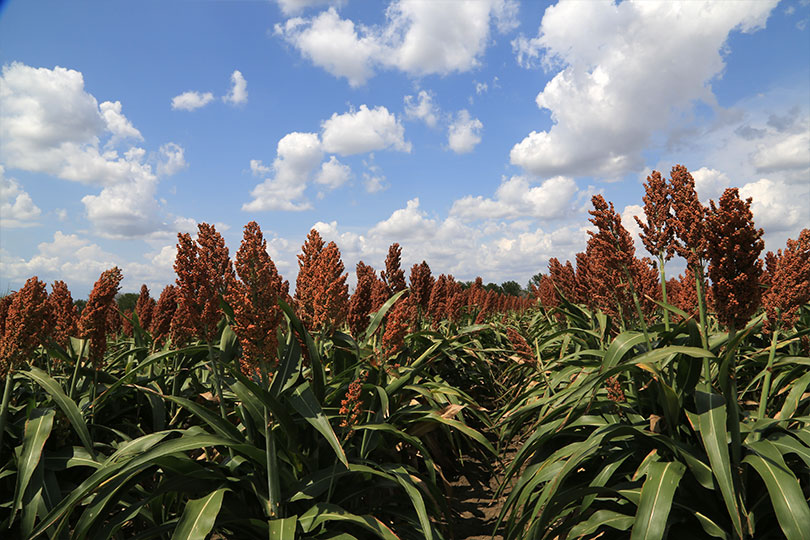By Jennifer Dorsett
Field Editor
After more than four years of negotiations, U.S. sorghum will soon be headed to Vietnam.
The grain will go to high value uses, including pet food and liquor, as well as animal feed, according to a joint statement released by the U.S. Grains Council (USGC) and United Sorghum Checkoff Program (USCP).
The opening of Vietnamese ports to U.S. sorghum comes after years of collaboration between USGC, USCP and the National Sorghum Producers (NSP), along with efforts from the U.S. Department of Agriculture (USDA) and regulators and industry representatives in Vietnam.
“We are excited to see our hard work and collaboration pay off in Vietnam,” Ryan LeGrand, USGC president and CEO, said. “It’s been a long time coming but is a model of how by working together with industry and government good things can happen for U.S. commodities.”
The announcement was made after a pest risk assessment between the USDA and Vietnam’s Ministry of Agriculture and Rural Development was finalized in late May.
“From an initial visit in 2015 by USCP and USGC to discover the potential for sorghum in various marketplaces to the development of a fish-feeding trial, our organizations have worked to create opportunity for U.S. sorghum in Vietnam,” Florentino Lopez, Sorghum Checkoff executive director, said. “All this work would fall short without organizations like NSP that came in along the way to help steward the approvals needed to make it official. Our persistence has paid off, creating additional market opportunity for U.S. sorghum farmers.”
The pest risk assessment outlines handling guidelines for U.S. sorghum exported to Vietnam.
According to USGC and USCP, the agreement became even more critical in April 2018, after a shipment of sorghum originally destined for China was diverted to Vietnam but couldn’t be delivered because of the lack of a pest risk assessment.
A delegation from the Vietnam Ministry of Agriculture and Rural Development traveled to the U.S. to meet with representatives from each of the grain groups and several USDA agencies. The Vietnamese delegation also met with agribusiness representatives and visited the Port of Houston to observe grain loading protocols.
Feed demand from Vietnam’s poultry, swine and aquaculture sectors continues to grow, USGC said.
To encourage sorghum demand, feeding trials were conducted testing the viability of replacing cassave with sorghum as feed for Pangasius, a large catfish species native to Southeast Asian diets.
The groups noted Vietnam produces 2.4 million tons of catfish yearly.
Official approval from USDA and Vietnam’s pest risk assessment approval allows Vietnam to issue licenses when Vietnamese importers request one for sorghum.
Vietnamese buyers are seeking to diversify feed sources, as well as find alternatives that store better in the area’s climate. Sorghum is gluten-free and non-GMO, which is attractive to niche sectors like the pet food industry in Vietnam, according to USGC.
“Fifteen years ago, grain sorghum probably had one use outside of being fed to pigs or animals. Today, there are thousands of uses,” Wayne Cleveland, Texas Sorghum Producers executive director, said. “Consumers are becoming more aware that we’re a gluten-free product, and being GMO-free is important in a lot of markets. We’re finding sorghum has a lot of antioxidants in it, which is really good for your body. A lot of those things are working to our advantage.”
The groups’ groundwork in Southeast Asia’s aquaculture sector was a critical step in securing this opportunity to help diversify U.S. sorghum’s export markets and create a pathway for U.S. sorghum into one of the fastest growing food-producing sectors in the world.
“This victory is a clear example of how working together—both in industry and in governments—can lead to winners on all sides,” LeGrand said. “Vietnam will be able to meet its country’s grain and feed demands, and U.S. sorghum farmers will have access to a market that has several different sectors as potential end users for their product.”
Learn more about sorghum export market development from the U.S. Grains Council at grains.org.

